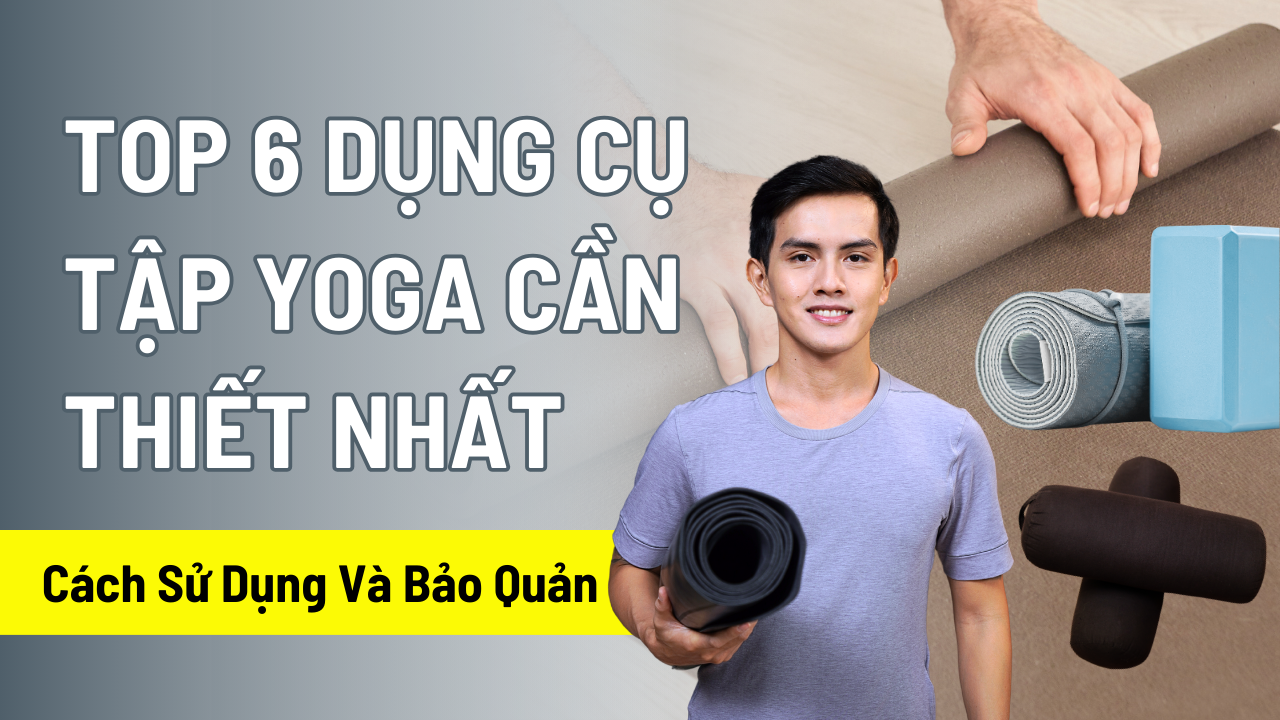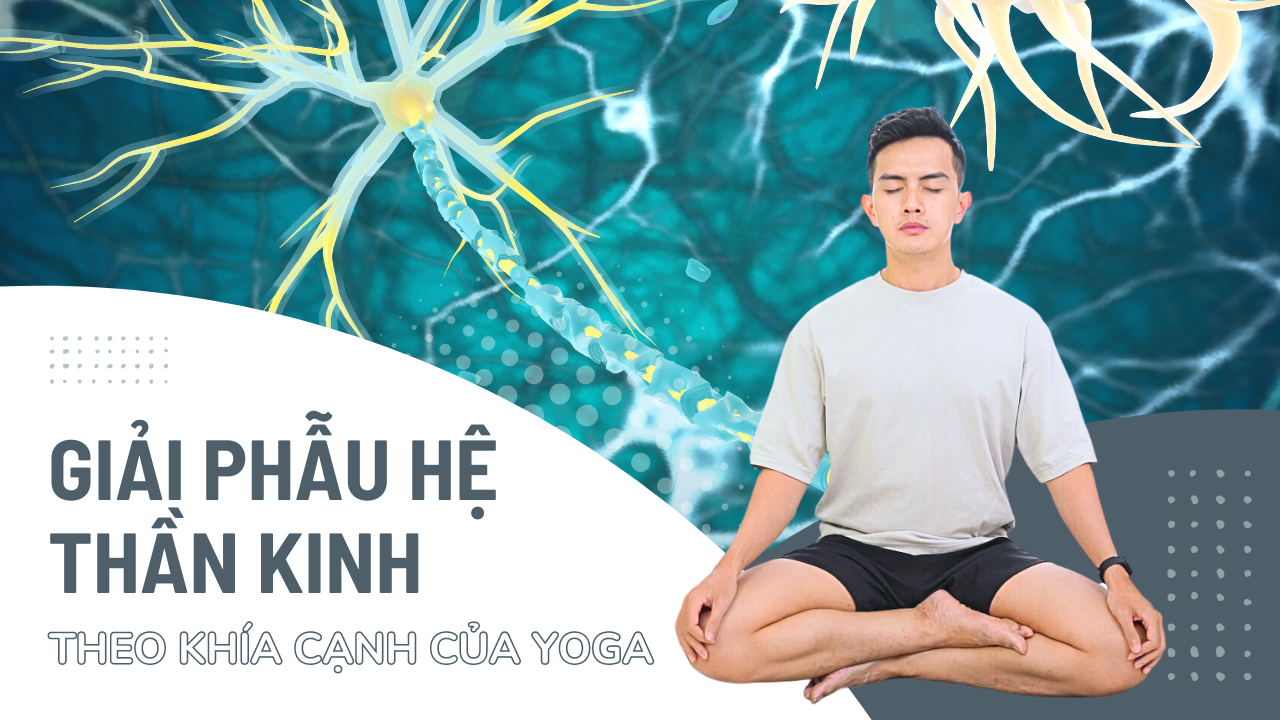You can refer to the 200H Yoga teacher training course here:
What is yoga? This is a question that many people are interested in when wanting to learn about a subject that is increasingly popular in the world. Yoga is an ancient system of practice, originating in India, that includes postures, breathing techniques, meditation and philosophy.
Yoga has many benefits for human physical, mental and spiritual health. In this article, Nguyen will introduce you to the definition, origin, benefits and popular types of yoga today. Let's follow along!
What is Yoga?
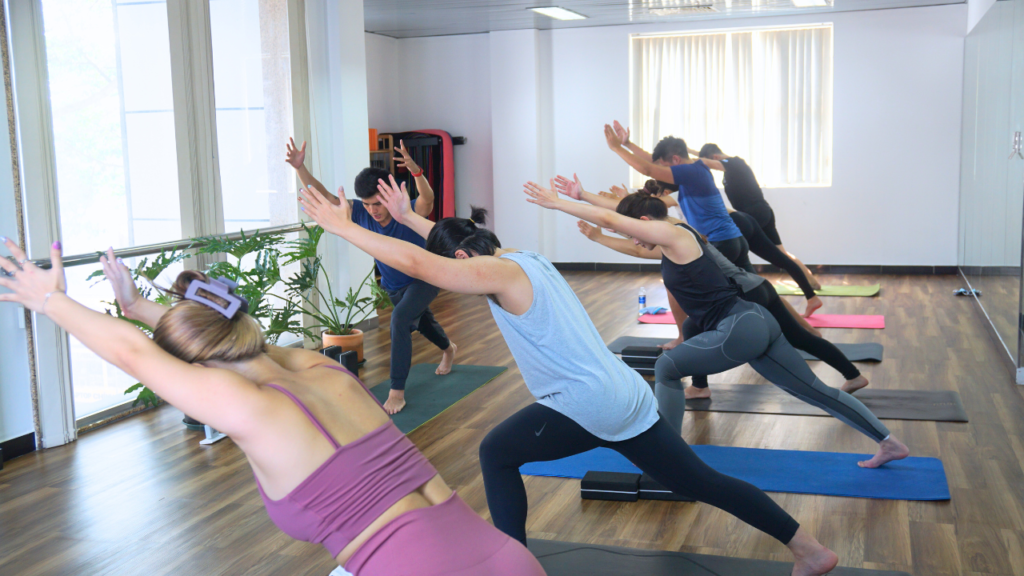
Yoga is an ancient system of physical, psychological and spiritual practices that have been passed down through generations from teachers to students. Yoga practices include breathing techniques, postures, relaxation, chanting, and other meditation methods. There are many different styles of Yoga, each with its own unique focus and method for creating a state of unity.
“Yoga” is a Sanskrit word translated as “yoke” or “union”. Yoke means to draw together, bind together, or unite. The goal of Yoga is to unify or create an alignment between the body, mind, soul and cosmic awareness. The process of integrating our physical, psychological, emotional, and spiritual aspects is what allows Yoga practitioners to experience profound states of freedom, peace, and self-awareness.
Where Did Yoga Originate From?
Yoga originated in ancient India, believed to be over 5000 years ago. The word Yoga was first mentioned in the most holy texts of Hinduism, the Rig Veda. These texts contain songs, mantras and rituals used by Vedic priests.
Yoga was refined and developed by priests and monks (rishis) by recording their practices and beliefs in the upanishads, a large collection of scriptures. Yoga has gone through many stages of creation, practice and development in history. There are four main stages of Yoga: Pre-classical Yoga, Classical Yoga, Post-Classical Yoga and Modern Yoga.
11 Popular Types of Yoga
Current types of Yoga are different practice methods based on the basic principles of Yoga, which is the connection between body, mind and breath. Below are some characteristics of 11 types of Yoga today:
- Vinyasa Yoga: is a type of Yoga that focuses on the continuity and harmony of movements, monitoring the practitioner's breathing. Vinyasa Yoga comes in a variety of levels, from easy to difficult, and can help improve cardiovascular health, muscle strength and flexibility.
- Hatha Yoga: is a classic type of Yoga, including basic postures, breathing techniques and meditation. Hatha Yoga is often performed at a slow and gentle pace, suitable for beginners or those who want to relax the mind and body.
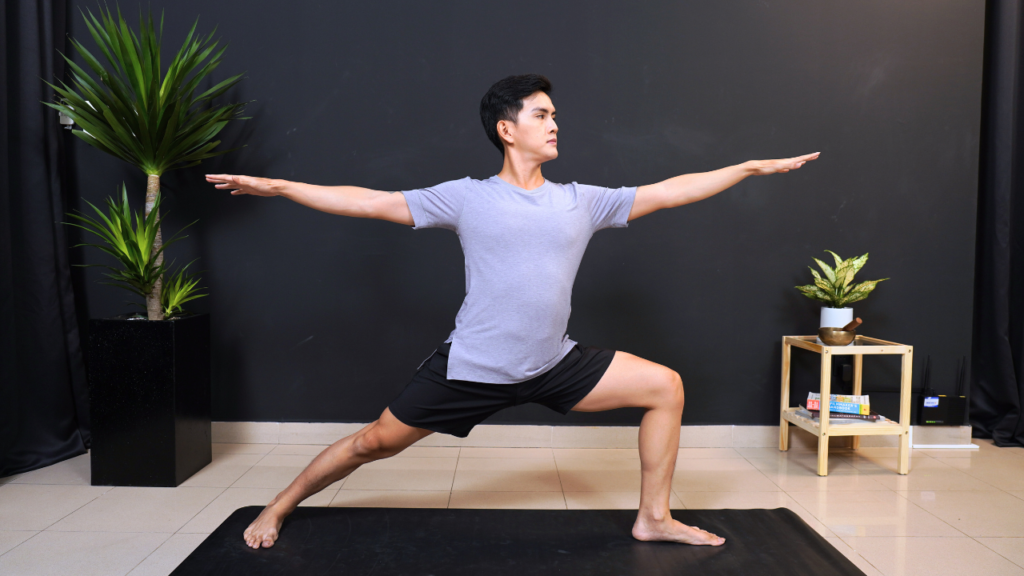
- Iyengar Yoga: is a type of Yoga that emphasizes precision, uniformity and detail of each movement. The practitioner will hold a position for a long period of time, sometimes combined with support tools such as belts, blocks, and pillows. Iyengar Yoga is effective in increasing strength, flexibility and stability of the body, as well as treating certain diseases.
- Kundalini Yoga: is a type of Yoga that combines both movement and mind, including postures, breathing techniques, meditation and chanting. The goal of Kundalini Yoga is to release trapped energy in the lower spine, increasing the practitioner's vitality and wisdom.
- Ashtanga Yoga: is an advanced type of Yoga, consisting of six different sequences of postures, performed continuously and quickly, in a fixed sequence. Ashtanga Yoga requires high concentration, strength and perseverance from the practitioner, which can help burn a lot of calories, improve health and balance.
- Bikram Yoga: is a type of Yoga performed in a room with a high temperature, about 40 degrees Celsius, with a humidity of about 40%. Bikram Yoga includes 26 postures and two breathing exercises, repeated twice in a session. Bikram Yoga can help practitioners sweat a lot, purify the body, increase heat resistance and endurance
- Yin Yoga: is a type of Yoga that focuses on relaxing muscles and connective structures deep inside the body, such as joints, tendons, and ligaments. The practitioner will hold a position for 3 to 5 minutes, usually sitting or lying. Yin Yoga can help practitioners improve their body's elasticity, reduce stress and increase blood circulation
- Restorative Yoga: A type of Yoga that aims to restore and re-energize the body and mind. Practitioners will use support tools to maintain comfortable positions for a long time, from 5 to 20 minutes. Restorative Yoga can help practitioners reduce stress, relax, improve sleep quality and the immune system
- Prenatal Yoga: is a type of Yoga for pregnant women, including postures, breathing techniques and meditation to prepare for the birth process. Prenatal Yoga can help pregnant women reduce annoying symptoms, improve health, and connect with the fetus and the pregnant community.
- Anusara Yoga: is a type of Yoga based on the principles of goodness, friendliness and harmony. Anusara Yoga includes flexible and creative postures, combined with breathing techniques and meditation. Anusara Yoga can help practitioners improve their physical, mental and emotional health, as well as respect and love themselves and others.
- Jivamukti Yoga: is a type of Yoga that combines postures, breathing techniques, meditation, mantras, music and philosophy. Jivamukti Yoga emphasizes the connection between Yoga and life, as well as respect and protection of the environment and living things. Jivamukti Yoga can help practitioners improve physical, mental and spiritual health, as well as increase awareness and responsibility.
What are the benefits of practicing Yoga?
1. Yoga improves strength, balance and flexibility.
Slow movements and deep breathing increase blood flow and warm up muscles, and holding poses can increase strength.
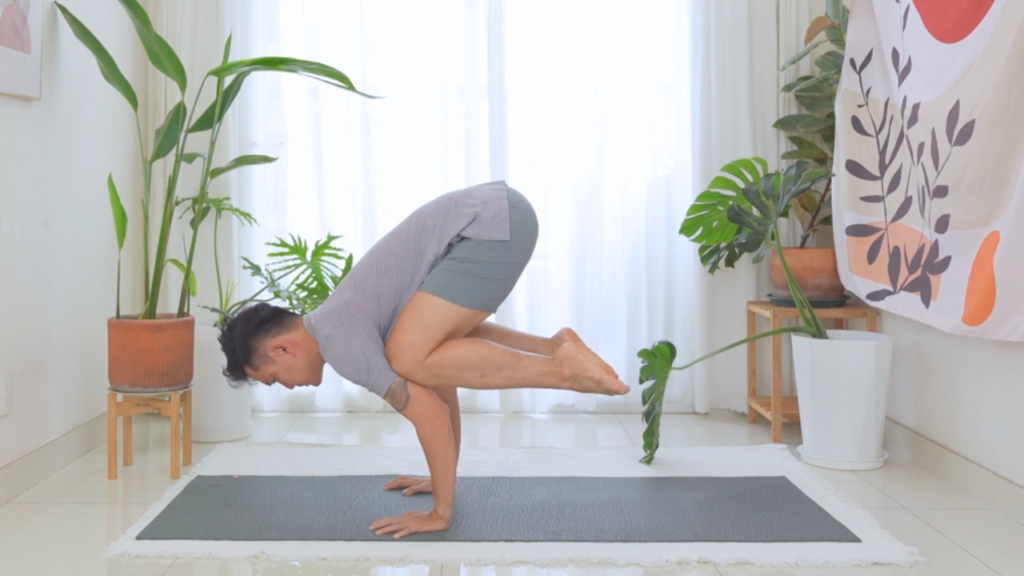
2. Yoga helps relieve back pain
Yoga is just as good as a basic stretch for reducing pain and improving mobility in people with lower back pain. What's more, the American Association of Physicians recommends yoga as a first-line treatment for chronic low back pain.
3. Yoga Can Soothe Arthritis Symptoms
According to a Johns Hopkins University review of 11 recent studies, yoga has been shown to help alleviate some of the pain of swollen, painful joints in people with arthritis.
4. Yoga is good for heart health
Regular yoga practice can reduce stress and inflammation levels throughout the body, contributing to a healthier heart. Several factors that contribute to heart disease, including high blood pressure and being overweight, can also be addressed through yoga.
5. Yoga helps you relax, sleep better.
Studies show that practicing yoga before bed can help you fall asleep faster and sleep better.

6. Yoga helps reduce stress effectively
Research by the US National Institutes of Health shows that yoga supports stress management, mental health, mindfulness, healthy eating, weight loss, and quality sleep.

Popular Yoga exercises
There are 10 popular basic Yoga exercises for beginners that you need to know:
- Standing Backbend Pose - Standing Backbend Pose
- Standing Forward Fold Pose - Standing Forward Fold Pose
- Butterfly Pose (Baddha Konasana)
- Cat-Cow Yoga Pose – Cat-Cow Pose
- Downward-Facing Dog Pose – Downward-Facing Dog Pose
- Cobra Yoga Pose - Cobra Pose
- Child Yoga Pose – Child Pose
- Wind Relieving Pose
- Revolved Abdomen Pose
- Yoga pose Savasana – Corpse Pose
Questions when practicing Yoga
Does yoga help you lose weight?
The answer is yes, practicing Yoga can help you lose weight effectively if you practice regularly, properly and combine it with a reasonable diet. Practicing Yoga helps you burn energy through soft, flexible body movements, as well as help you reduce stress, improve your digestive system and improve your health. However, whether or not you lose weight depends a lot on your diet, you must ensure the weight loss mechanism to bring about the desired results.
Does yoga increase height?
The answer is yes, but practicing Yoga can only help you increase your height if you start practicing while still in the growth phase. Practicing Yoga helps you stretch your joints, increase your body's flexibility and elasticity, as well as stimulate the development of bone marrow.
How to stay safe when practicing Yoga?
- Warm up your body before exercising, especially your joints and muscles, to avoid injury and pain.
- Choose yoga exercises that suit your level, abilities and goals. Do not force your body into positions that are too difficult or too strenuous.
- Breathe properly, watching your breathing during each movement. Do not hold your breath or breathe too fast or too slow.
- Drink enough water, before and after exercise, to compensate for water lost through sweat and maintain the body's balance.
- Listen to your body, if you feel pain, discomfort or fatigue, stop and rest. Don't try to go beyond your limits.
- Practice with the guidance of a professional Yoga teacher, especially if you are just starting out or have a medical condition. Consult your doctor before practicing Yoga if you are pregnant, have high blood pressure, heart disease, back or joint pain.
When is the best time to practice Yoga?
Practicing Yoga early in the morning is the best time, if possible, you should practice before sunrise. Practicing Yoga in the morning can help practitioners have enough energy and concentration to improve work performance throughout the day. Practicing Yoga in the morning also helps awaken all the senses, stimulates the body's physical and energy sources, increases metabolic activity and reduces excess fat. In addition, morning is when the stomach is empty, which is beneficial for breathing and meditation.
What do you need to prepare to start practicing Yoga?
- Yoga carpet: This is the most basic and important tool when practicing Yoga. Yoga mats help you create comfort, stability and safety for Yoga postures. You should choose a yoga mat with soft, durable, anti-slip and easy to clean materials.

- Yoga bricks: This is a support tool for Yoga poses that are difficult or require high flexibility. Yoga bricks help you maintain balance, increase muscle and joint flexibility, as well as reduce pressure on your body. You should choose Yoga blocks with size, thickness and hardness that suit your needs.
- Yoga Strings: This is a support tool for Yoga postures that require stretching and stretching of the body. Yoga straps help you increase flexibility, muscle length and strength, as well as help you hold postures correctly and longer. You should choose a Yoga strap with the length, durability and elasticity that suits your needs.
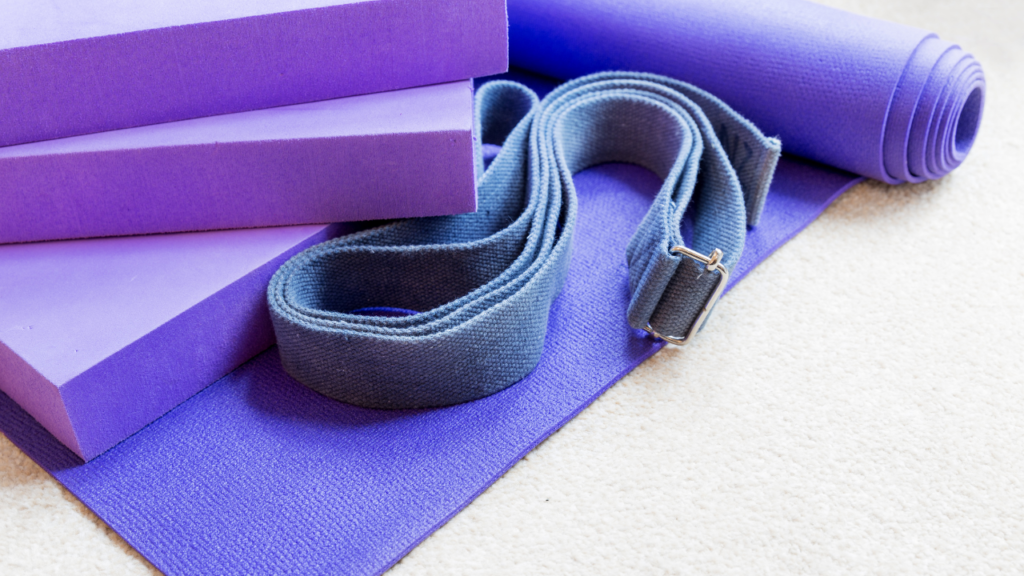
- Yoga ball: This is a support tool for Yoga postures to enhance strength, balance and stability of the body. Yoga balls help you stimulate many muscle groups, increase the difficulty of Yoga postures, as well as help you relax and massage your body.
- Sweat towel: This is a necessary tool to keep your body dry and clean when practicing Yoga. Sweat-absorbing towels help you wipe sweat from your face, neck, arms and legs, as well as reduce slipping on the Yoga mat. You should choose a sweat towel with soft, absorbent and easy to wash material.
- Loose, comfortable, breathable clothing: This is an important factor so you can practice Yoga easily and comfortably. Loose, comfortable, breathable clothing helps you move flexibly, without restriction or hindrance. You should choose clothes with soft, light, elastic and sweat-absorbent materials.
Nguyen hopes that the above sharing will be useful to you and help you have a stronger knowledge of Yoga. Please follow and look forward to Nguyen's next articles about health and Yoga at my website Nguyen Yoga Please! Besides, Nguyen also has Youtube channel`, you can watch and refer to many other useful videos here.


